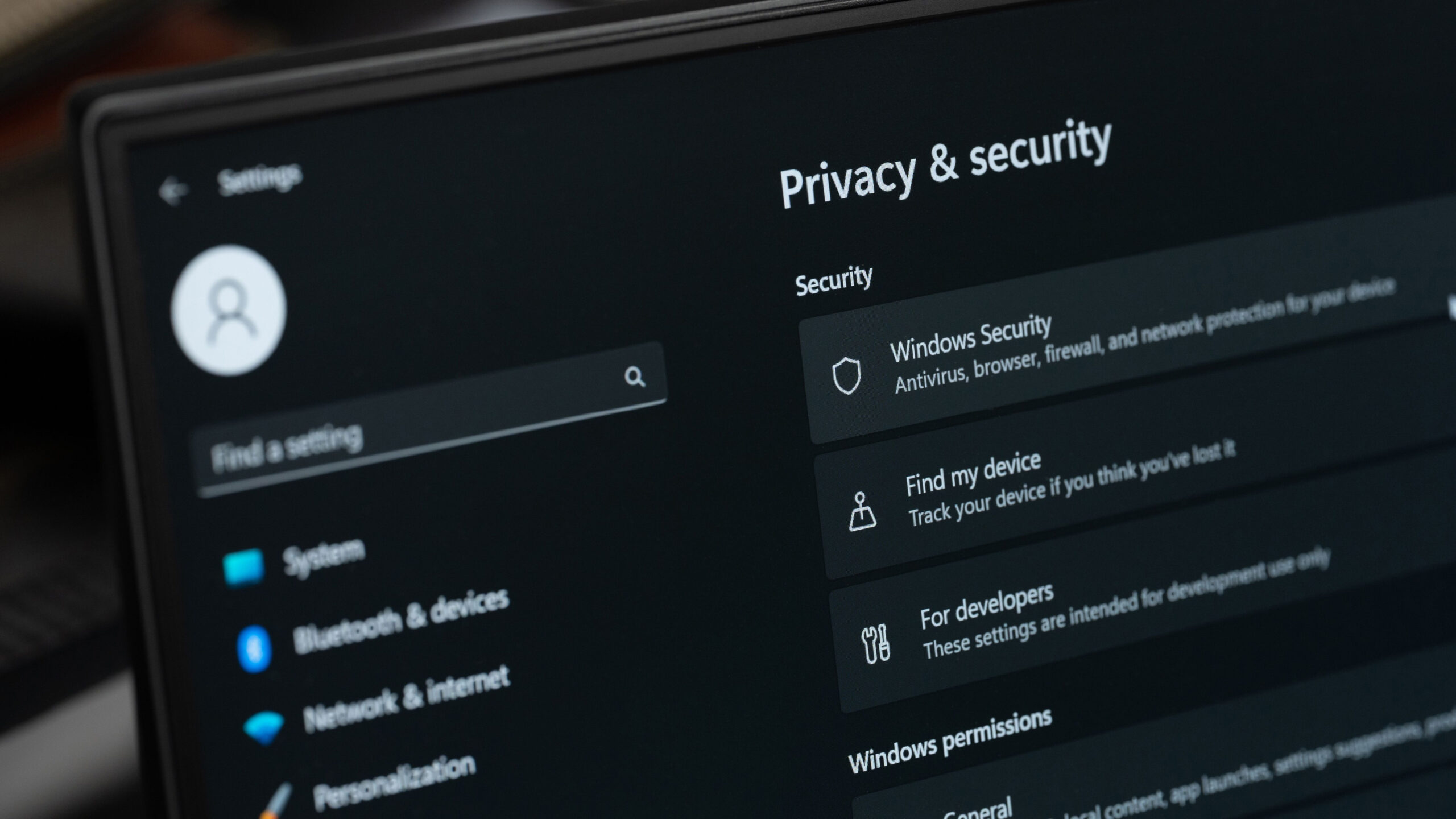Interactive Storytelling: Allowing us to decide the plot of House of Cards?
It seems as if everyone is experimenting with television. BuzzFeed reportedly has 31 shows at various stages of production, Facebook is set to release its own original programming later this year, and Verizon and Google have invested millions in digital media platforms and studios. With so many emerging players, competition for viewers’ attention seems more challenging than ever — especially for the shows outside of name-brand networks and companies. And, yet, a low-budget, Spanish telenovela streamed on Facebook Live is holding the attention of millions of viewers.
On the surface the show seems like something you’ve seen before; it has a young maiden in need of rescuing, a deceptive wife, a dashing hero, and a faithful steed. What sets the telenovela apart is that the show pauses intermittently for about 30 seconds, in which time audience members can vote on what the characters should do next.
Super Deluxe, the Los Angeles entertainment company behind the telenovela, began the show to test out how viewers responded to scripted content. Its inherently interactive nature, however, quickly attracted millions of views.
While the telenovela’s interactivity may currently set it apart from other programs, recent consumer trends and developing projects may lead to it become more mainstream — marking yet another shift in how we consume television.
In addition to Super Deluxe’s telenovela, Netflix is also working on adding interactive capabilities to some of its shows. A source close to the project at Netflix reported: “We’re doing work on branch narratives so you are actually making choices as you watch. All the content will be there, and then people will have to get through it in different ways.”
Although the odds of implementing this technology in time for the next season of The Crown seem slim, providing audiences with this interactivity seems like an important objective for the company, and particularly for Reed Hastings, Netflix’s president, who states: “Once you have got interactivity you can try anything.”
Children, on the other hand, may have something to look forward to sooner. Netflix is reported to be running a “trial with choose-your-own-adventure shows for children later this year, based on an established character.” If the show is successful it will then move on to adult programs.
While we can’t be certain this interactivity will make the jump to more mainstream programs (though I’m dying to decide the fate of House of Cards), current digital and consumer trends certainly seem to support its expansion.
The first trend: consumers are spending more and more time on social apps. A report by Global Web Index found “globally, digital consumers say they are now spending an average of almost 2 hours per day on social networks and messaging,” with “teens in the United States spend[ing] about nine hours using media for their enjoyment,” according to a report by Common Sense Media, a nonprofit.
With social components being added to everything from money transactions (hi Venmo), to shopping (what’s up Pinterest), to exercising (Nike Fit anyone?), this statistic is far from shocking. Although in recent years television became more of a solitary activity — i.e. something to binge alone in your bedroom — this interactive technology could revive television’s original social component that seems to have been replaced by these other apps.
Cyrus Ghahremani, head of Super Deluxe’s live programming group, attributes the telenovela’s success to the show’s inherently social nature. “We are used to being able to tune out by flipping through our social media feeds. But this [program] is something that you have to be engaged with.” The show keeps users’ attention, however, through a social component. Not only are viewers able to help decide the fate of the characters on the show, “as viewers around the world voted, their preferences flashed on the screen” and they are able to post comments and interact with the audience and cast members in real-time.
The second trend interactive technology taps into: users’ insatiable desire for personalization. As DisCo has reported, the demand for personalized products (shoes, glasses, purses, you name it) is likely mediated by the ever increasing ease and efficiency with which users can obtain what/where/when they want something. Enabling users to control how the plot of a television series or movie unfolds likely gives users a similar sense of this oh-so desirable autonomy.
The final trend it takes advantage of: gaming. Mary Meeker’s Internet Trends 2017 report shows gaming brought in about $100 billion in revenue in 2016 and anticipates similar growth in the following years. This is, in part, due to gaming’s history of being a foundational platform for modern Internet services, including interactive storytelling. The first role playing game, for example, was Atari in 1980, and now companies like Netflix, as well as Amazon, are experimenting with similar features.
Furthermore, Meeker draws a direct connection between a fleet of successful apps and their gaming qualities (their “gamification,” as Meeker refers to it). Meeker lists Duolingo, Starbucks, Nest, Bumble, and Snapchat as illustrative of how gaming routinely improves platforms’ performance across disciplines.
Looking at the trials Netflix and other sites are running in the coming months may help give an indication of whether they will be added to this list of successfully “gamified” services — and perhaps will also give viewers a clearer indication of whether they will be able to determine the fate of Claire and Frank in House of Cards next season.







